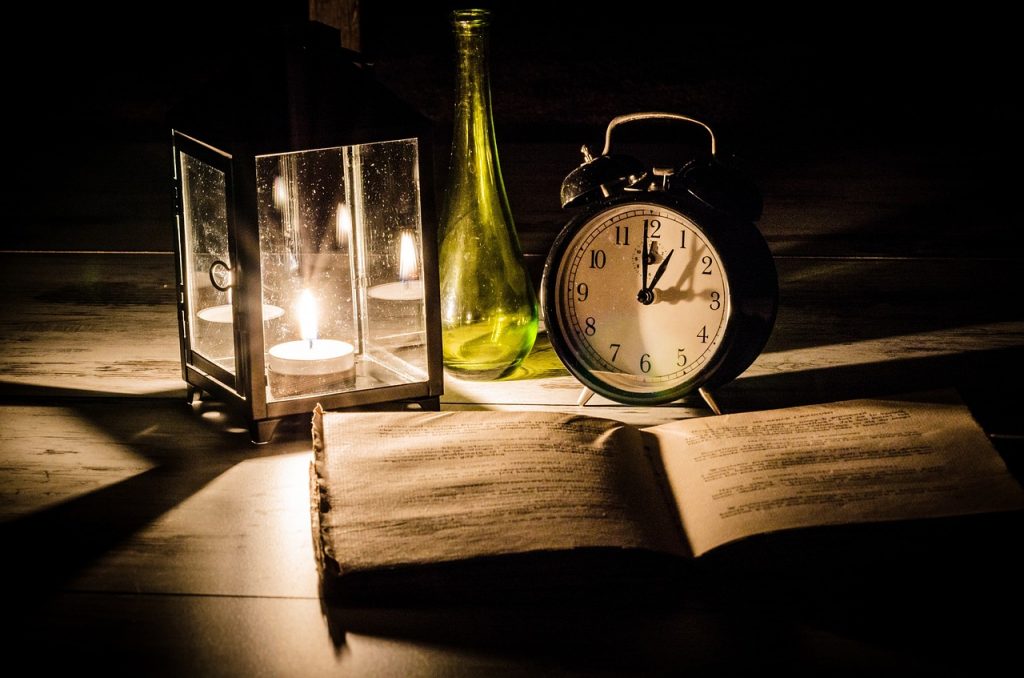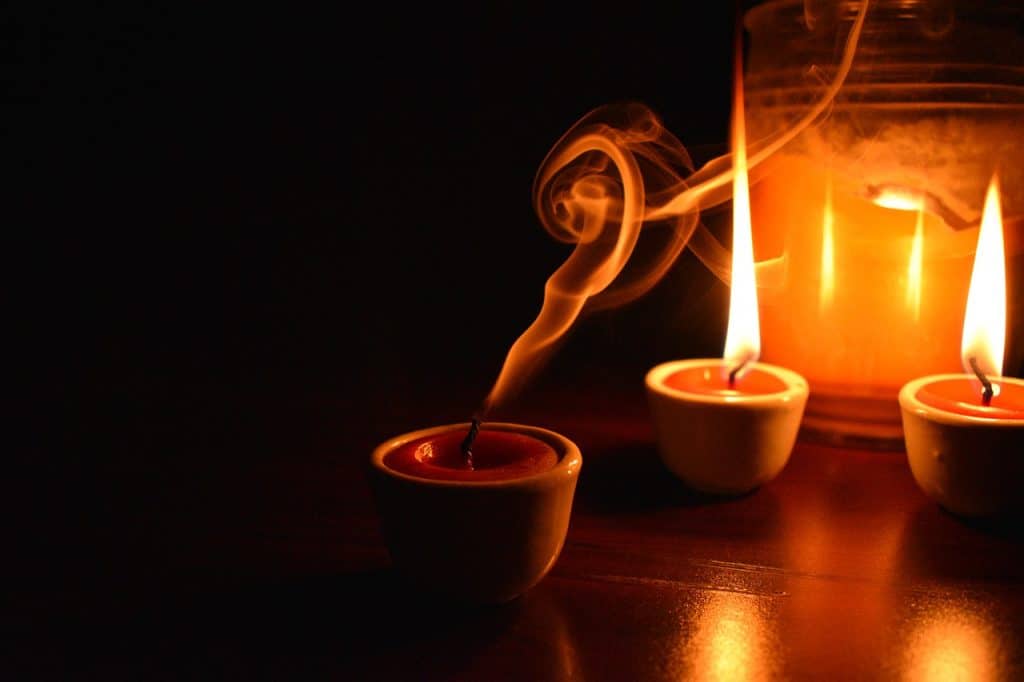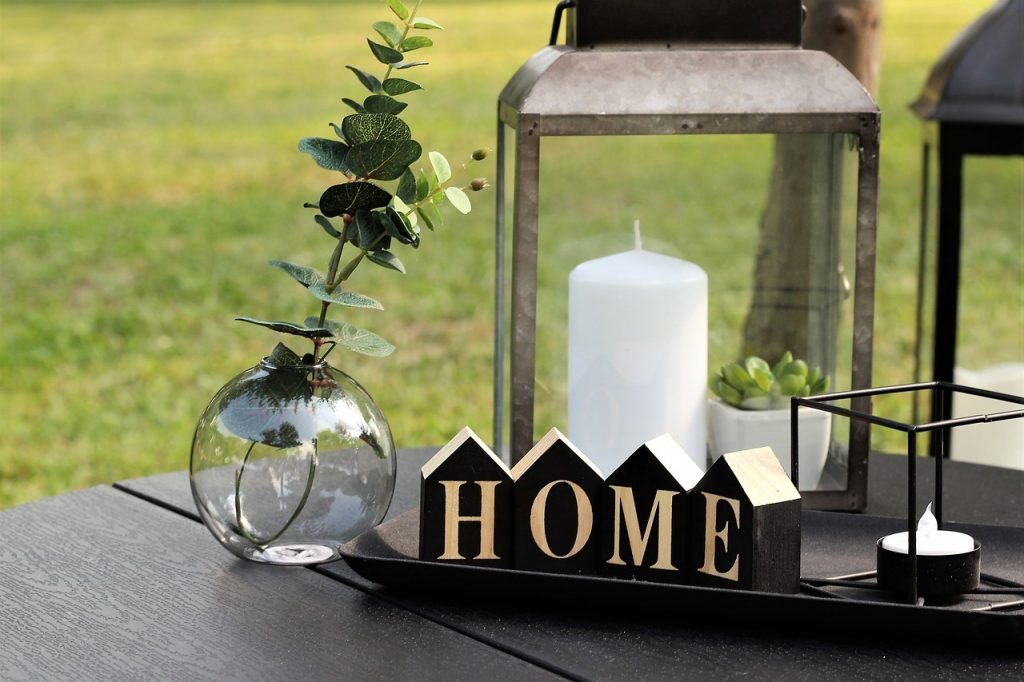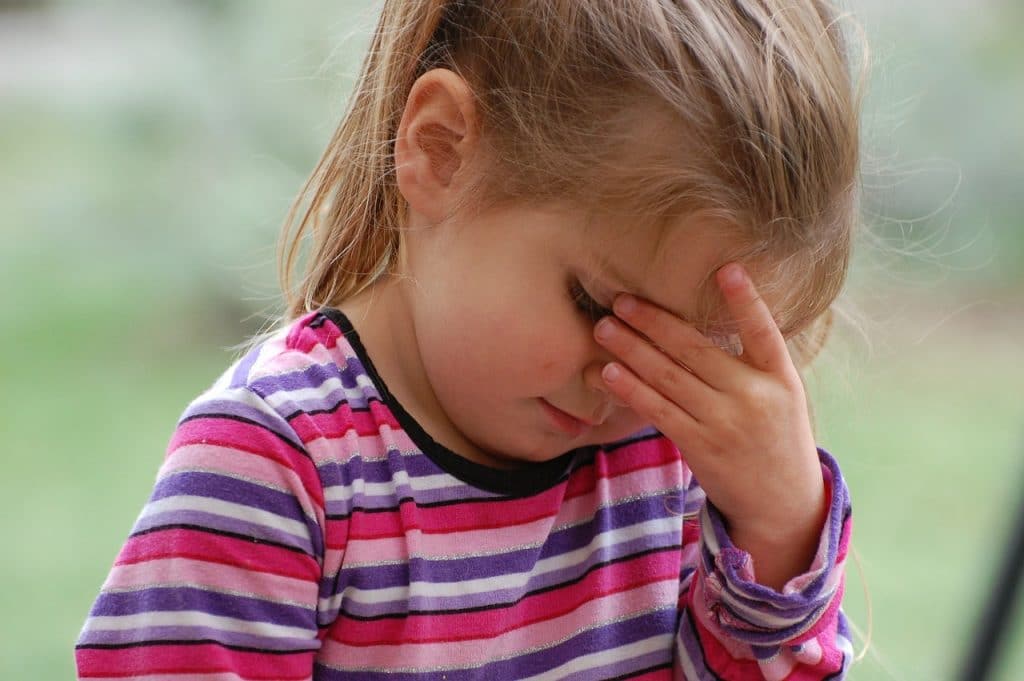Candles have become the second most purchased home item in the western hemisphere. People use candles almost as much as gift cards or stationary.
There is a myriad of reasons why people buy candles. Whether it is for celebration, relaxation, or simply the allure of beautiful designs, more people than you’d think purchase candles.
Furthermore, more than half the amount of candle consumers are female. Not to say that the male market isn’t large, just not as impressive as the female market. While all genders and ethnicities are attracted to candles, candle purchases vary with age.
By the end of this article, we will have gone over a few other factors of candle buying. After looking at all these different variants, we will clearly see what age group buys candles the most.
Stick around for a few minutes of informative leisure reading to see what the result will be.
Why Do People Buy Candles
First, let’s examine why people even buy candles in the first place. We have established that candle purchases are not partial to genders and ethnicities. Of course, the reasons may vary, but the fact is that candles are versatile enough to accommodate all these different uses.
Some people use candles to mark the end of or the beginning of their day and, by doing so, assigns ceremonial and personal meaning to candle burning. Candlelight is the main component in romantic dinners and the male (or female) effort to woo their partners.
Some of the most fantastic holiday scents have now been compacted into a candle, if you can recall. Smells such as pumpkin, pine, cinnamon, nutmeg, and other spices are standard candle fragrances that you will see closer to Fall and Winter.
They add delightful aromas to your home at a time where visitors pass through much more regularly.
Appearance
Candles are beautiful. At least, well-made candles have become more gorgeous with so many options available today. There are tea candles, votives, pillars, floating candles, and the more famous container and jar candles.
Each mode of presentation brings another design, another color, shape, or pattern. All these options have made candle appearances increasingly variable. What they all have in common are their beautiful outsides.
Home Decor
More than just buying candles to simply look at, people buy these beautiful items because they make lovely centerpieces and fit into other parts of your home decor. These days you’ll find households with complexly beautiful candles sitting on the mantle, dining and side tables, or even hung in fancy candelabras in larger houses.
Since candles come in several different colors and containers, they add a splash of vibrancy to minimalist layouts and contrasting designs against other decorations. Every day, innovative housewives and househusbands find new ways to use candles to spruce up their homes.
Aromatherapy
As the name suggests, this is scent-centric therapy. Many people utilize aromatherapy to relax and reduce stress levels. Candles are one of the main tools in aromatherapy.
While it is possible to use diffusers and essential oils for aromatherapy, there is sometimes a preference for candles that naturally diffuse the oils integrated into it when lit. In addition to that, candles produce a charming, meditative flame.
There are over 10,000 candle fragrances available in the United States. While not all these scents are essential oils, the majority will be essential oil-based. And in doing so, introduce new, refreshing smells that otherwise could not be produced by a single oil.
Many older people, perhaps over the age of twenty-five, see the value of using candles for aromatherapy. The sad truth is that our stress levels increase as we age and enter the workforce entirely.
By the time college is completed and young, fresh-faced boys and girls enter the working world, stress comes a-knockin’. With the pressure comes methods of dealing with it, such as aromatherapy.
Gifts
It’s the twenty-first century, and candles are now a popular gift item. Whether it is a novelty candle, decorative candle, or fragrant aromatherapy candle, they have become the go-to gift item for many people.
Both specialty gift shops and mass merchandisers have fingers in the pie when selling gift candles. Persons who want a dollar store value may get it with drug and grocery store candles. While others from perhaps a higher income bracket look to specialty gift shops for more interesting, luxury candles to gift to their loved ones.
Come to think of it, there are candles incorporated into other non candle gifts like a birthday cake. Those come in all sorts of colors, shapes, and sizes. They are not usually high-end but are placed on expensive and inexpensive dessert gifts alike.
Not to mention the accessories. Candles have whole glasshouses to burn inside these days. Mind you, it’s a miniature glasshouse. However, it is still impressive the number of knick-knacks you can pair with your gift candle to create a whole candle burning experience.
The practice of giving candles as gifts is done by all age groups. Teens may fuse their gift candles into a basket or other package types to give to their parents or other adults. There are not many instances where it is given to another teen (the consumption of candles is considered too sophisticated for an adolescent to really understand). Young adults do the same thing.
Although, as young adults approach full adulthood, these sixteen to twenty-five-year-olds may start to appreciate the purpose of a candle a lot more. They might even invest in them for themselves as well as gifts for older people and their peers.
More aged people under forty-four seem to have no problem accepting candles as gifts. They may even practice gifting other people with candles as well. So we can see that there is no specific group that partakes in the candle-giving practice as a present.
Cost of a Candle
Another factor to consider when examining who buys candles the most is the cost of the candle. In recent years, ‘drug store’ candles have started beating out the higher-end speciality candles.
Drug store candles aren’t necessarily only sold at a pharmacy or an apothecary. Sometimes they can be found in supermarkets, department stores, and home decor shops.
What makes a drug store candle such, is the lower quality ingredients used to mass-produce more cost-effective candles for the lower-income public. The quality isn’t excellent, but these candles are still pretty well-made and quite pretty for their price.
Ever seen one of those potent, holistic-looking glass jar candles? Chances are you were seeing a cheap store imitation of a specialty shop candle. Because of their high price point, specialty shop candles are more famous among middle-aged people who can expend disposable income towards this kind of luxury item.
Persons below thirty-five years old may not see the value of purchasing something so expensive when the dollar store candles are available for easy consumption. Those above forty-five have a similar line of thinking.
What these two groups have in common is that they both have to be more cost-aware. One because he/she is young and is probably in student loan, house loan, and car loan debt.
Add to that the fact that they are without job years in experience to secure higher-paying positions and fund day-to-day living, much less luxury purchases.
The other, because retirement is on the horizon, and monies are being sequestered away in an attempt to bankroll their golden years.
How Different Age Groups Buy Candles
Obviously, people of different socioeconomic classes buy candles differently. But this variance is split among the age groups as well because seniority often impacts disposable income.
Age also determines the mental and emotional value placed on buying candles. Not all of these groups will appreciate the aromatherapy health benefits of using candles. Some may not be at the point in life where they need to decorate a home or consider candles a necessity in doing so.
Under Twenty
People under twenty don’t usually place much merit into mental health. And even if they do, mental health winds up taking a back burner to more imminent problems like puberty.
Whatever money this group has is very limited as it may come from allowances, part-time jobs, or parents. With this limit, there also comes the need to assign value to the things that they want.
Clothes and snacks may take up the bulk of that tiny sum, with candles not even making the bottom of the list of priorities.
Twenty to Forty-four Year Olds
Research has found that women and men between twenty and forty-four years old buy candles the most. We could speculate and say that the interest develops with age, but the fact of the matter is as you get older, a need for candles start to arise.
It may not even be a need for candles in particular. Still, it is undoubtedly a need for some kind of de-stressor that doesn’t come in the form of a thousand-dollar therapist or even more expensive hobbies.
Then there are the men of this age group who practice buying candles for those reasons and more. They are also taking romance into consideration here. Candles are associated with intimate scenes and are often tools of wooing. Males definitely help make up the numbers in this group with more than simple personal use or gift-giving.
Over Forty-four
According to The Chandelier, candle purchases are more popular with persons under the age of forty- four years. Their study found that candle purchases decreased the older one gets, with the lowest number of buyers being those above sixty-five years old.
Final Comments
Since looking at which age group buys candles the most, you can see that race and ethnicity have a negligible or almost zero effect on those numbers. Gender plays a small part as women are the target market for candles, but men make quite a splash in the sector themselves.
The candle’s price, source, and purpose also have to be explored as different age groups have other uses for candles. They each have a value that they are willing to pay. Age also impacts the importance placed on where the candle is purchased: a drug store or a specialty shop.
When combining all these factors, the age group that buys the candles the most will wind up being late twenties to mid-forties with a few stragglers in the early fifties as well.
Younger people under twenty have neither the funds nor the imminent need to purchase candles unless it is for a gift. People above forty-five find fewer and fewer reasons to need or use candles as the years go by.
It would appear that candles are not that different from most consumer items where the age demographic is concerned. People in the prime of their lives have more need of candles for personal use.
However, all age groups partake in giving candles as gifts even with price constraints and factors involving quality and demand.




